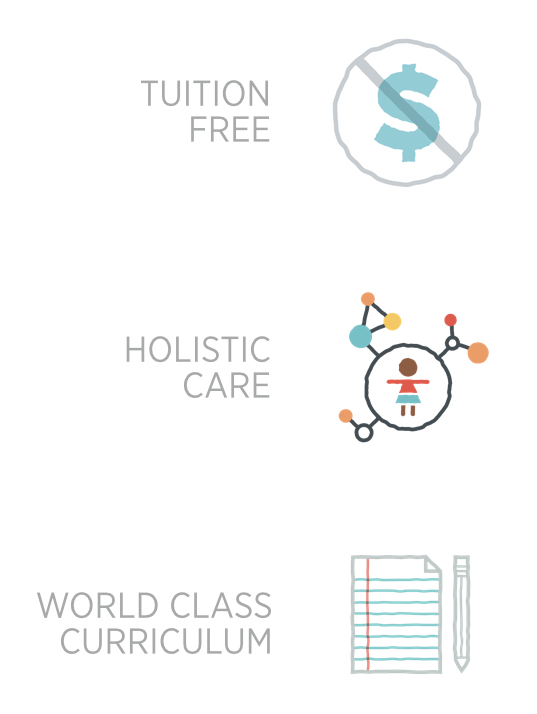The voices of marginalized communities cannot be heard and their needs cannot be met unless there is somebody who is listening.

However, women and girls are often left out of the conversation entirely and suffer the most. In Kibera, only 25 percent of girls report that there is a place in their community outside of their home or school that they feel safe, compared to 58 percent of boys.1
While educating girls is historically not the priority in Kenya’s urban slums, we believe that girls are the key to long-term change that will break the cycles of poverty in these communities.
Through our two leadership academies for girls, we are creating female leaders who have experienced slum-life and marginalization first-hand. They will become advocates for their communities and ultimately change the status-quo. Educating a girl in urban slums means she will earn more and invest 90% of earnings in her family, be three times less likely to contract HIV, and have fewer, healthier children who are more likely to reach adulthood.2
At our tuition-free leadership academies, located in both Kibera and Mathare in Nairobi, over 600 students are receiving a free high-quality education from pre-kindergarten through the 8th grade. Every student receives healthcare, meals, uniforms, and school supplies so that they can stay focused on what matters most: their futures.
With dreams of being doctors, activists, and journalists, we know these bright minds will lead transformative change in Kenya and throughout the world.
1 Erulkar, A., & Matheka, J. K. (2007). Adolescence in the Kibera slums of Nairobi, Kenya. Population Council.2 The World Bank